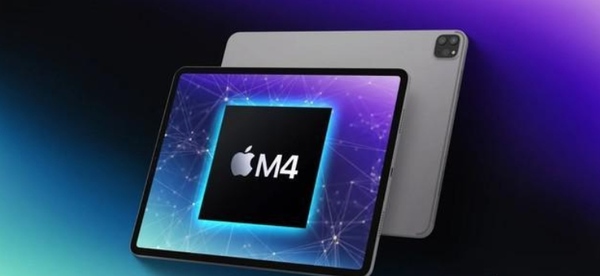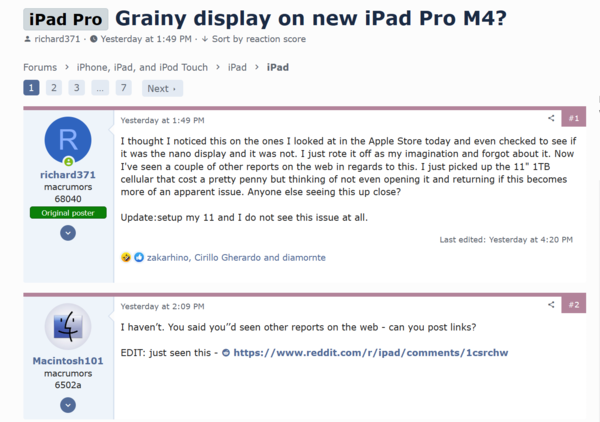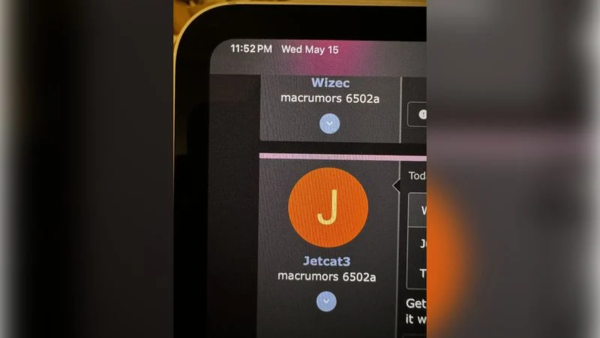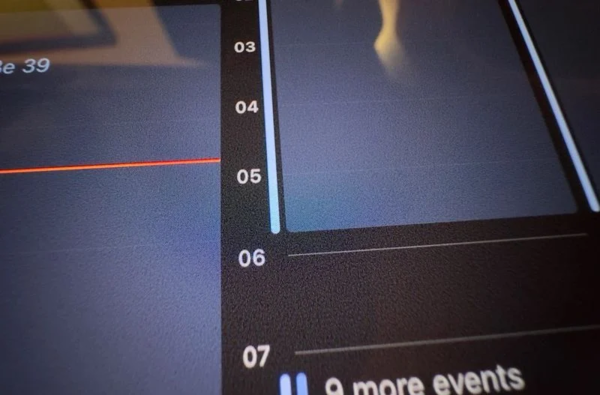Recently, many users on foreign forums reported noticing a grainy OLED screen display on the new M4 iPad Pro. This display issue involves a visible static grain pattern, which some users liken to visual noise often seen in high ISO photos. The grainy OLED screen display becomes most noticeable in darker environments, when users set the brightness to low or medium levels, and while viewing content with gray or pastel colors.

According to users, this grainy pattern is most noticeable in darker environments, with the screen brightness set to low-to-medium levels, and when viewing content with gray or pastel colors. Some users likened the display effect to the visual noise present in photos taken at high ISO settings. It’s unclear whether this is a true display flaw. Generally speaking, OLED screens may exhibit visual graininess or a “screen door effect” due to multiple factors in the design and manufacturing process.

The individual sub-pixels of an OLED screen can vary in size and shape. This causes the screen to have an uneven texture or graininess. It is usually more noticeable on larger screens. Changes in organic material deposition may affect the uniformity of light emission. Additionally, OLED screens control brightness at the pixel level. Power management technology may cause slight brightness changes on the screen. This sometimes manifests itself as a grainy effect in low-light environments or when displaying uniform colors.


It is worth noting that Samsung S24 Ultra has previously been exposed to a similar grainy screen situation. Samsung supplies screens for Apple’s new 11-inch iPad Pro, while LG Display provides screens for the 13-inch version. According to a report from South Korea in March, Samsung was having trouble producing 11-inch panels and was unable to meet Apple’s order numbers. The shortage caused Apple to transfer some orders for smaller panels to LG Display.
Most reports so far involve the 11-inch iPad Pro. However, a few mention the 13-inch version. It’s unclear whether the flaw is linked to a specific OLED panel supplier. These reports seem limited to the new iPad Pro with the standard glass option. Versions with nano-texture screens have not received similar reports.
For more updates on tech trends, visit our Tinydeal Technology News.





